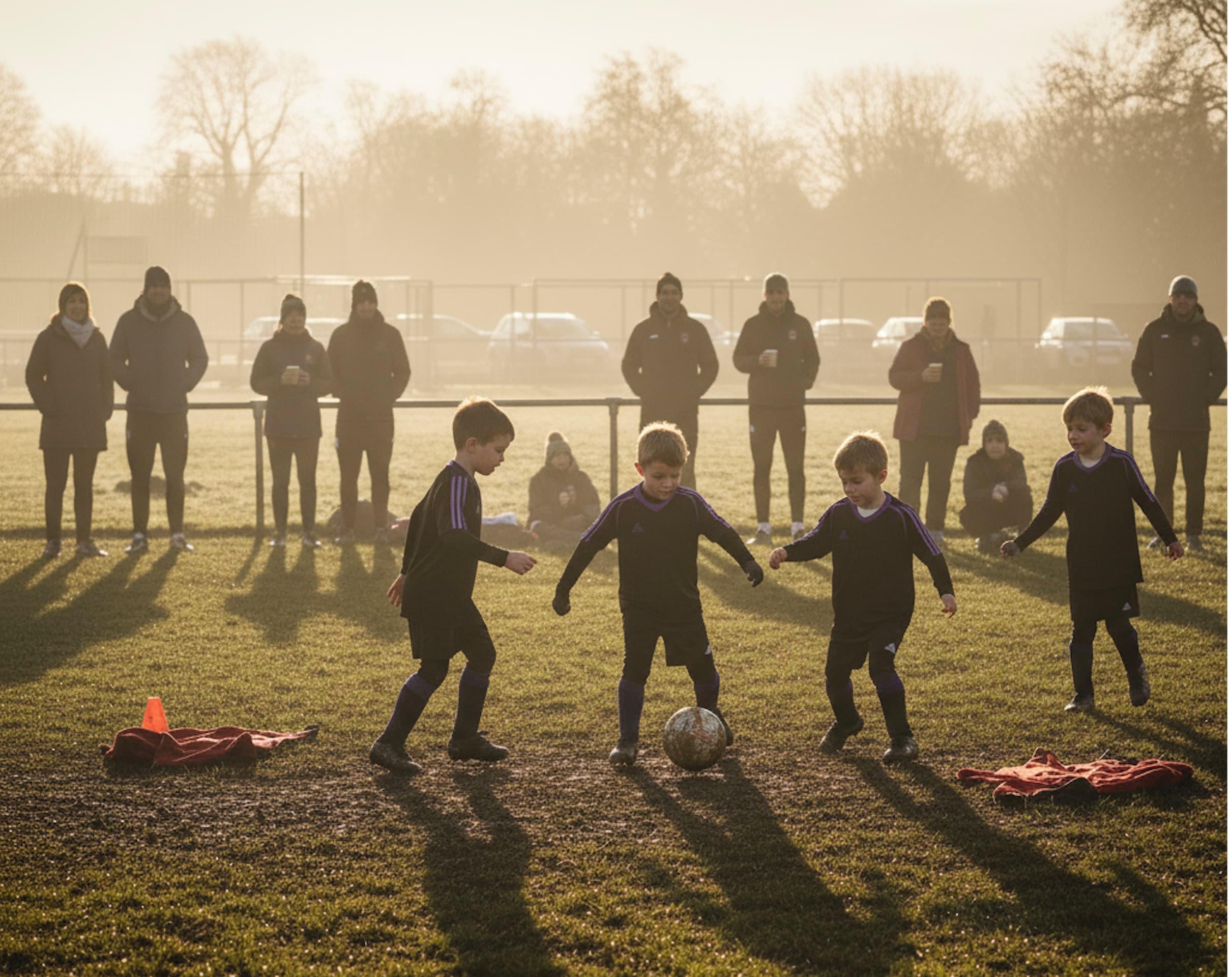Youth football in England is about to undergo its biggest transformation in more than a decade.
England Football's Future Fit initiative, launching in the 2026-27 season, is set to reshape how children first experience the game, how they develop skills, and how long they stay connected to football.
Building on the landmark 2012 youth football reforms, which introduced small-sided formats and child-first approaches, Future Fit pushes the philosophy further. The aim is simple but ambitious: make football more engaging, inclusive, and developmentally appropriate so that every child builds a lifelong attachment to the sport.
Why Future Fit, and Why Now?
The FA has spent years consulting with clubs, coaches, parents, and players. The evidence is clear:
But despite the 2012 reforms, challenges remain: too many young players feel excluded, intimidated, or disengaged before they even reach their teens. Future Fit is designed to answer those gaps.
The Big Changes
1. 3v3 Football for U7s
From 2026, England's youngest players will start with 3v3 instead of 5v5. This change is about more than numbers:
For new players, football should be joy first, competition second. 3v3 makes that possible.
2. Smaller Formats for Longer
Currently, many players move to 11v11 at U13. Future Fit pushes this back to U14, keeping children in 5v5, 7v7, and 9v9 longer.
Why? Because research shows smaller formats:
This is about ensuring players are truly ready - technically, physically, and emotionally - before facing the demands of full-sided football.
3. Phased Laws of the Game
One of the most radical but overlooked shifts is how the rules themselves will evolve with age.
This approach reduces cognitive overload and keeps football focused on play, not punishment.
Support for Clubs, Coaches, and Parents
Future Fit isn't just about changing formats; it's about supporting the people who make grassroots football work.
This structured support shows the FA has learned from 2012, when communication and consistency were major sticking points.
The Challenges Ahead
Future Fit has broad support, but questions remain:
The FA promises to address these issues with resources and guidance - but the grassroots community will be key to making it real.
What This Means for Grassroots Football
For grassroots clubs, Future Fit is both exciting and daunting.
At tactico.ai, we see technology playing a role in smoothing the transition. Smarter team management tools can ease logistics, reduce admin for volunteers, and give coaches back the time to focus on what matters: helping children fall in love with the game.
The Bigger Picture
Future Fit is not just a policy update - it's a cultural reset. It challenges us to ask:
If the community embraces the vision, Future Fit could be remembered alongside 2012 as one of the most important milestones in youth football reform.
From 3v3 at seven years old to 11v11 at fourteen, Future Fit is about giving every child the right game at the right time. Football should be the sport they never want to leave.
📖 Stay engaged with updates, resources, and upcoming roadshows at the England Football Future Fit hub.
